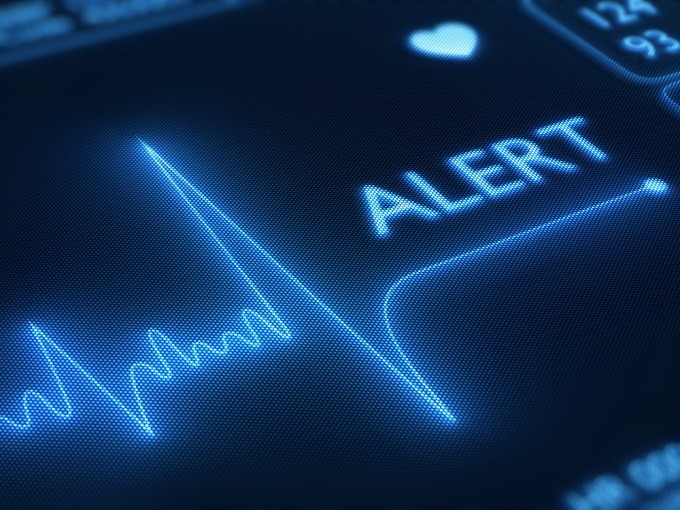Nov 22 2016
According to John Boehmer, professor of medicine at Penn State College of Medicine, a set of sensors can detect when a patient’s condition is worsening and predict heart failure events. He presented the findings at the American Heart Association annual meeting that was held recently in New Orleans.
 Image credit: Johan Swanepoel / Shutterstock.com
Image credit: Johan Swanepoel / Shutterstock.com
Over one million hospitalizations occur every year due to heart failure, which is also responsible for over $20 billion in costs. The new method can help in preventing expensive hospitalizations and poor health results, including death.
Current efforts taken to control heart failure by monitoring symptoms and weight have not been successful in reducing hospitalizations. More than one in every five patients hospitalized for heart failure are re-admitted within a month.
An international group of researchers, of which Boehmer was a part, decided to explore if implantable devices, already in use to treat heart failure patients, can be retrofitted with sensors to monitor their condition. The results of their study will be reported in JACC Heart Failure.
900 patients suffering from heart failure were monitored for up to a year. At the initial stage of the study, a software was uploaded to the implanted defibrillator of each patient. A battery-powered device - defibrillator - delivers an electric shock in case a patient’s heart stops beating.
The software also enabled the defibrillators to operate as sensors that monitor the heart rate, breathing, activity, heart sounds, and electrical activity in the patient’s chest.
The set of sensors detected 70% of heart failure events in patients during the study period. Often, these detections were made over a month before the events. This level of sensitivity greatly exceeded the researchers’ goal of more than 40% detection.
Though there were some false positives, those were of an acceptable range.
"If you're going to monitor a hundred patients, it becomes a fairly manageable number of alerts that you have to deal with," said Boehmer, a cardiologist at Penn State Health Milton S. Hershey Medical Center.
The system was developed, and named HeartLogic, by Boston Scientific, which also funded the research endeavor.
This is a new and clinically valuable measure of worsening heart failure, and it combines a number of measures of the physiology and heart failure, much like a doctor will look at a patient. Doctors look at all their signs and symptoms, get some tests, and put it all together and make a decision about how well or ill the patient is. HeartLogic does it similarly. It integrates a number of measurements of what's going on with the patient, including breathing, activity and heart sounds, and puts that all together to give us an index that we believe is both sensitive and specific for heart failure.
John Bohmer, research scientist and professor of medicine
Boehmer said that in this manner, the technology can help in monitoring the condition of the patient so heart failure occurrences can be prevented before they occur.
It's like having high blood sugar, if you're managing diabetes. The doctor doesn't need to know about every high blood sugar and every high blood sugar doesn't result in a hospitalization. But you want to treat it before it gets very high and the patient becomes so symptomatic they become ill and end up in the hospital. This is the same concept.
John Bohmer, research scientist and professor of medicine
To investigate the benefits of the technology to patients, a pilot research and intervention trials have been planned to test the safety of the system, physician acceptance and use, and outcomes of the patients.
Ramesh Hariharan, University of Texas Physicians, EP Heart, Houston, Texas; Fausto G. Devecchi, Cardiac Arrhythmia Service, Lutheran Health Network, Fort Wayne, Indiana; Andrew L. Smith, Emory University, Atlanta, Georgia; Giulio Molon, Cardiology Dept, Sacro Cuore Hospital, Negrar, Italy; Alessandro Capucci, Università Politecnica delle March, Ancona, Italy; Qi An, Viktoria Averina, Craig M. Stolen, Pramodsingh H. Thakur, Julie A. Thompson, Ramesh Wariar, and Yi Zhang, all at Boston Scientific, St. Paul, Minnesota; and Jagmeet P. Singh, Massachusetts General Hospital Heart Center, Boston, Massachusetts were the other researchers in this research.